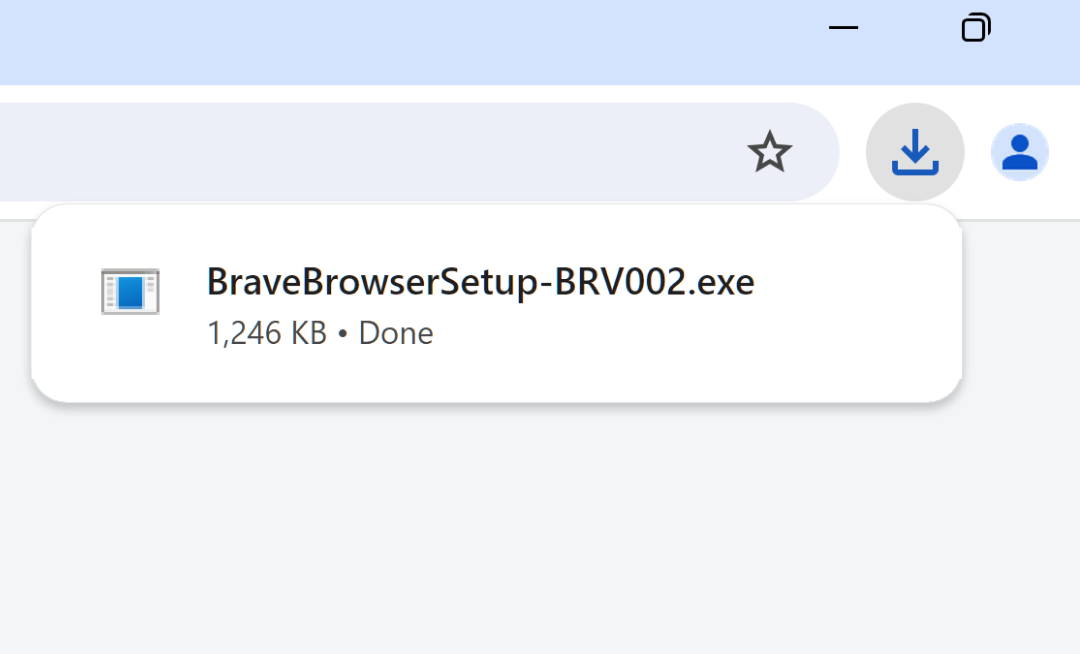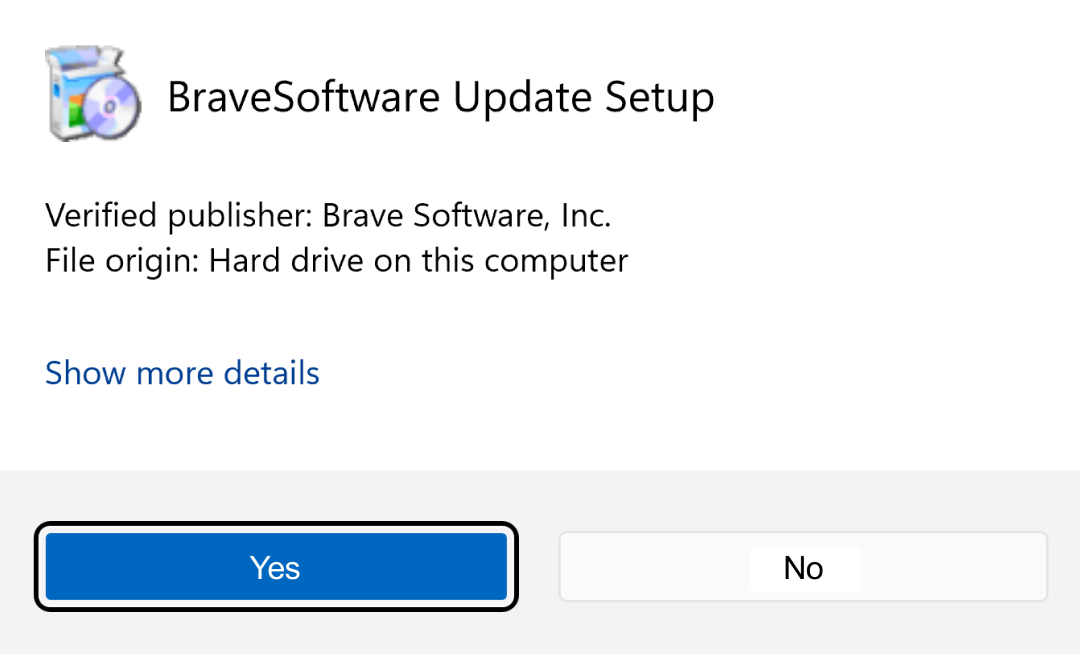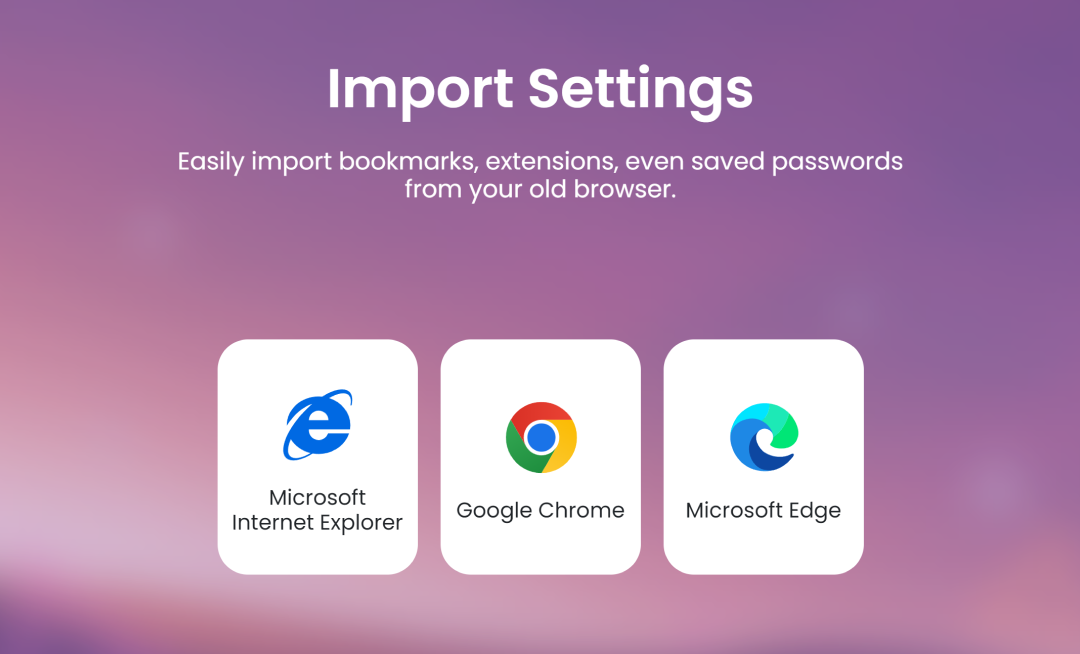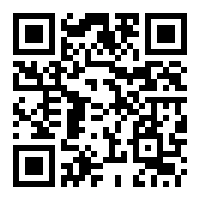With the recent privacy-centric shift in the digital ad landscape, many brands and advertisers are looking for Google Ads alternatives. While advertisers won’t find an ads platform with larger reach than Google (it has, after all, the most widely used search engine in the world), they can find more efficient platforms that cost less and bring better ROI.
In general, there are two kinds of Google Ads alternatives:
- Traditional ad platforms (like Meta and Microsoft) that still rely on tracking, but can reach users who might not use Google
- New, privacy-preserving ad platforms (like Brave Ads) that are more likely to be viable long into the future
Meta ads
Meta, the world’s second largest digital ad platform, is the closest Google Ads competitor—but they take very different approaches to ad targeting. Meta mainly relies on its vast social and psychographic insights to target users, rather than direct user queries. As such, Meta’s ad units focus heavily on visual advertising with pictures and videos that are more likely to capture attention and spark emotion.
Meta might know, for example, that a user has fifty friends who kayak, and show that person ads for kayaks. But Meta’s insights aren’t all just inferences. It also knows which pages users like, what content they share or interact with, and what they send in private chats. Combining these insights lets advertisers target users who are more likely to interact with an ad or buy a product.
Like Google, however, most of Meta’s insights come from data collection. This makes Meta susceptible to the same market forces as Google, and advertisers will (over time) see the same problems on both platforms. As we shift toward a more private Web, these platforms will likely lose footing in the digital ad space.
Microsoft Advertising
Microsoft Advertising offers a wide variety of ad units like display ads, product ads, video ads, and text-based ads. Like Google, Microsoft also offers search engine marketing (in Bing), and other ad types across its partner sites (like Yahoo and MSN) and apps (like Cortana and Office). While Google dominates the search engine market with well over 90% of market share, Bing comes in second place. Bing’s ~900 million searches per day may seem small in comparison to Google’s seven billion, but it’s still a significant volume for advertisers to target. Bing is also home to an audience that Google can’t reach (estimated by Microsoft to be about 44 million searchers in the US alone).
Similar to keyword targeting in Google Ads, Microsoft Ads leverage search intent to target users—making it a good intent-based ad alternative. The average cost-per-click on Bing is about 70% cheaper than on Google (although it varies across industries). Microsoft Ads work a lot like Google Ads, but with a slightly different demographic and much smaller reach—and a lower price tag to match.
But despite Microsoft Ads’ lower cost, the average conversion rate is much lower than Google’s—which means ad campaigns may be cheaper, but you’ll likely need to run more of them to achieve comparable results. And, ultimately, Microsoft Ads are fueled by the same type of data as Google Ads, making them susceptible to this same trend away from data collection.
Brave Ads: private ad units for the privacy-first future
In contrast to the traditional ad model that entails scraping every bit of user data to sell ad space, private advertising is all about trust and consent. It’s about enabling users to make their own decisions about what types of tracking, cookies, and other things they’ll allow, and how their data can be used.
It’s also about way better performance for the advertiser.
Brave’s ad units vary from keyword-driven search ads to full-page New Tab Takeovers (NTTs), to image-and-text cards in the Brave News feed and push notifications. And because Brave users have to opt in to earn rewards, they’re significantly more engaged and more likely to click through on ads. Advertisers generally see much higher ROI with Brave Ads:
- 3% blended CTR across all ad placements
- 17% average lift in purchase intent
- 28% average lift in brand perception
- 64% average lift in brand/promotion awareness
Effective advertising that doesn’t rely on data collection
Most importantly, Brave Ads don’t require data collection to achieve those better metrics. The Brave Ads server creates a catalog of ads and targeting parameters, which is downloaded to the Brave browser on a user’s device. The ads are then locally and privately matched to users in the browser. This method of targeting doesn’t send any personal data back to Brave servers, or to third parties. This means users get privacy, while advertisers still get actionable insights on ad performance and ROI.
Today, the Brave Ads audience is unique: They’re less active on traditional social media, and they use ad blockers, VPNs, and privacy browsers. They’re the “unreachable” audiences that traditional ad platforms are losing by the millions. But they’re just the vanguard—already, everyday users are switching to private alternatives to Google Ads like Brave, too. Brave Ads give brands a chance to reach these audiences in a privacy-preserving way—and build new lines of business in a more private Web.
Today, Brave has more than 80 million users worldwide. But with hundreds of thousands downloading every single day, that number will only keep growing.
Diversifying ad strategies for the privacy-first future
The Web is changing from a world where Big Tech harvests user data for profit, to one where users actually own their data. And have a say in what happens to it. The shift to a privacy-first Web is well underway, but that doesn’t mean brands should abandon traditional ad platforms immediately.
Savvy advertisers will start ramping down their ad spend in the data-driven traditional model, and shift their focus to privacy-respecting models. Users will notice, and respect the brands that do. Diversifying is just smart business. To build private ad campaigns that reach the “unreachable,” check out Brave Ads.




